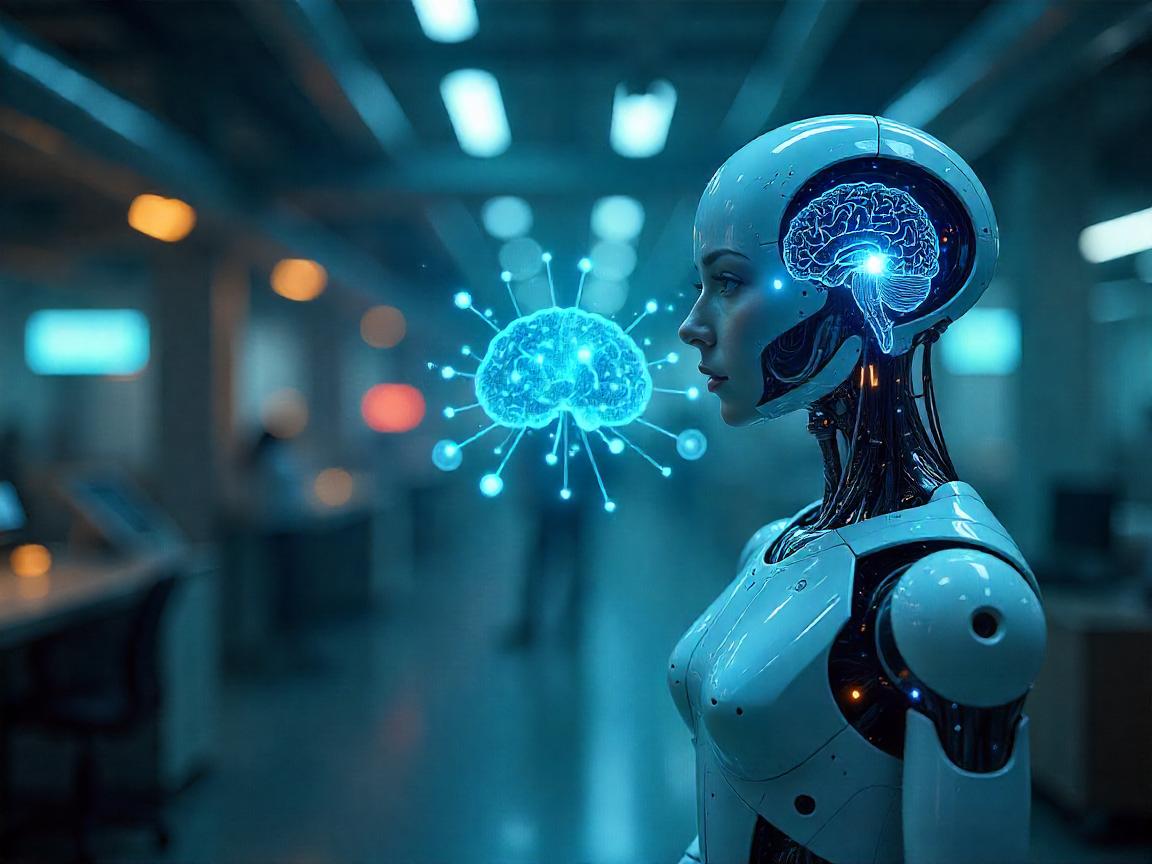
Introduction: The Dawn of Machines That “Think” Like Us
Think about a robot that does not act according to pre-set instructions but adapts to the surrounding and is able to move differently, remember faces, and even foresee mistakes before they occur. This is not a sci-fi issue; it is already taking place nowadays due to the neuromorphic chips, which are silicon brains that resemble the human nervous system. These chips are different to the traditional types of processors, because instead of carrying out their calculations process one step at a time they fire off spikes of data in a parallel fashion in the same way that neurons do. The result? Faster more efficient and hauntingly adaptive robots. But now this is the real question: we are prepared to have machines which represent the thing that is prepared to think by itself?
How Neuromorphic Chips Rewire Robotics
Conventional processors are similar to librarians whose tracking of data is orderly though painstaking, tracking data in the memory store bit by bit. Neuromorphic chips, however, are more similar to a busy stock exchange, where millions of tiny interplays are transacting in parallel. Think of Intel Loihi 2: the 1 million artificial neurons in it can process sensory data 1,000 times the speed of a GPU, with a small fraction of the dissipated power.
Real-World Example: A neuromorphic system was employed in the management of robotic arm by the University of Zurich researcher. The arm did not need to be programmed, the arm was taught how to catch a ball in mid-air just by a few trials, which would not have been possible with the traditional robots taking months of practice.
This is not an evolutionary move but a paradigm switch in the way machines perceive the world.
Where Brain-Like Robots Are Making Waves
Autonomous Drones That Don’t Need GPS
In DARPAs Subterranean Challenge drones were fitted with neuromorphic chips that enabled them to seek their way through pitch black caves without a GPS device. They ran lidar and infrared information on the fly, but instead of waiting until the satellite got sufficient signals they adjusted to the obstacles in milliseconds.
Medical Robots That Learn From Patients
Johns Hopkins created an arm prosthetic controlled by the nerves, where the strength of grip is adjusted by the muscle signal, not a manual readjustment. Dr. Brock Wester, the lead engineer adds, “It is as though the limb reads your mind.”
Factories That Predict Breakdowns
The leader in industrial robots, Fanuc, incorporated neuromorphic AI in its assembly bots. The result? The unplanned downtime was reduced by 30 percent since the robots are now able to notice the worn instances of parts prior to snapping.
The Dark Side: Why We’re Not There Yet
Despite the promise of them, however, there are obstacles to trod over concerning neuromorphic robots:
- Hardware scarcity: These chips are produced on a large scale by very few labs (Intel, IBM, BrainChip).
- The Black Box Problem: Neuromorphic systems are not create in the traditional sense, and in fact how they learn a given algorithm is not always traceable even by an engineer.
- Ethical Gray Zones: In case a robot will make a decision to focus on one activity over another, who will take the blame when something goes wrong? The AI Act that the EU is already grapping with is struggling to overcome this.
We are developing brains before we have full comprehension of intelligence cautions Dr. Yulia Sandamirskaya at the Intel Neuromorphic Lab.
A Personal Take: Are We Creating a New Species?
I have just watched a demo of the Mini Cheetah robot in a rocky path by MIT. In comparison with scripted parkour of the Boston Dynamics, this bot correctly viewed its gait in real-time, was stumbling and recovering like a real animal. It was simultaneously both breathtaking and discomposing.
The uncomfortable truth here is, that when we create the robots to acquire their own learning intelligence, we end up creating a completely different form of intelligence. And history tells us that we are awful at forecasting the means the intelligence grows.
Conclusion: The Line Between Machine and Mind Is Blurring
Neuromorphic chips are not only making the robots cleverer; they are changing the definition of smartness. The technology is moving ahead much faster than the rules, the morals, even than our own comprehension.
So what is the hard question, is it slow down and think, or develop the machines that think faster than us?
What say ye? Post us a comment.
